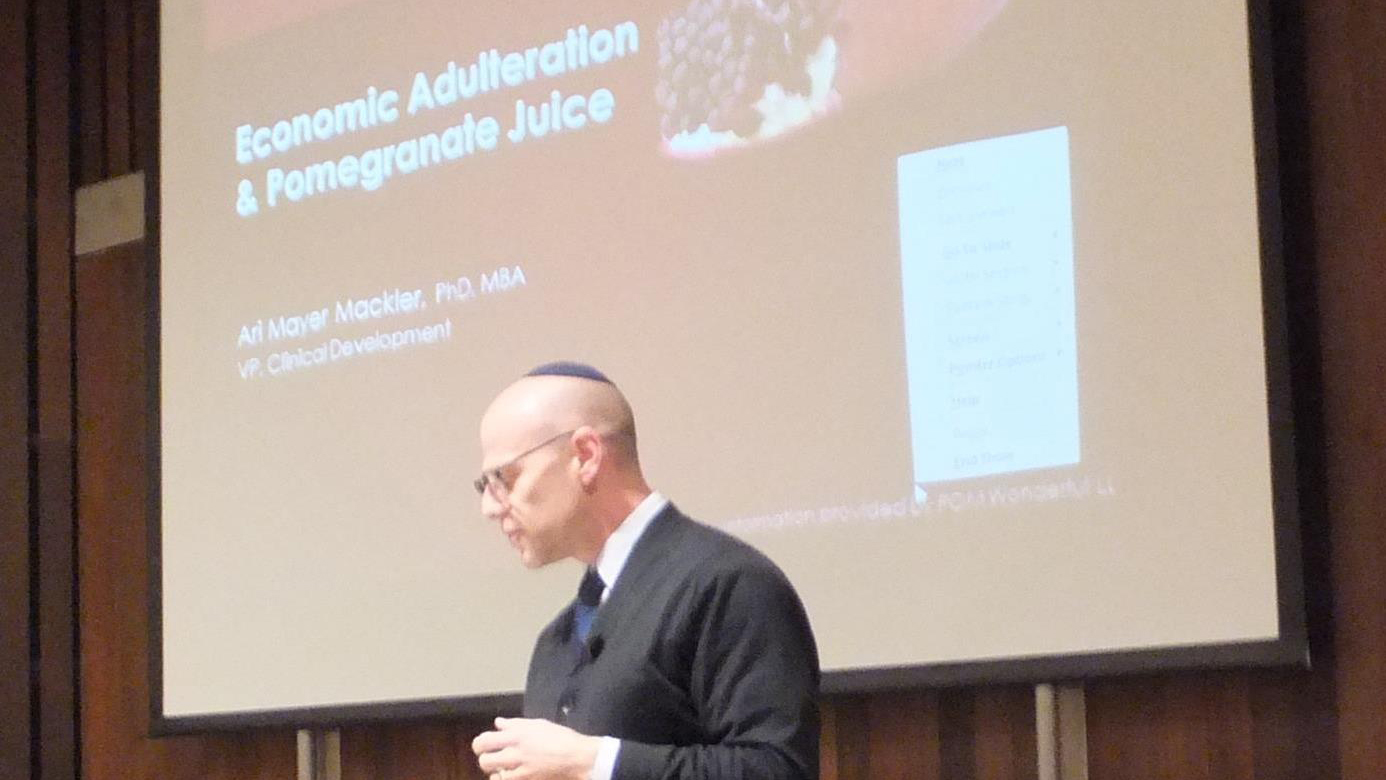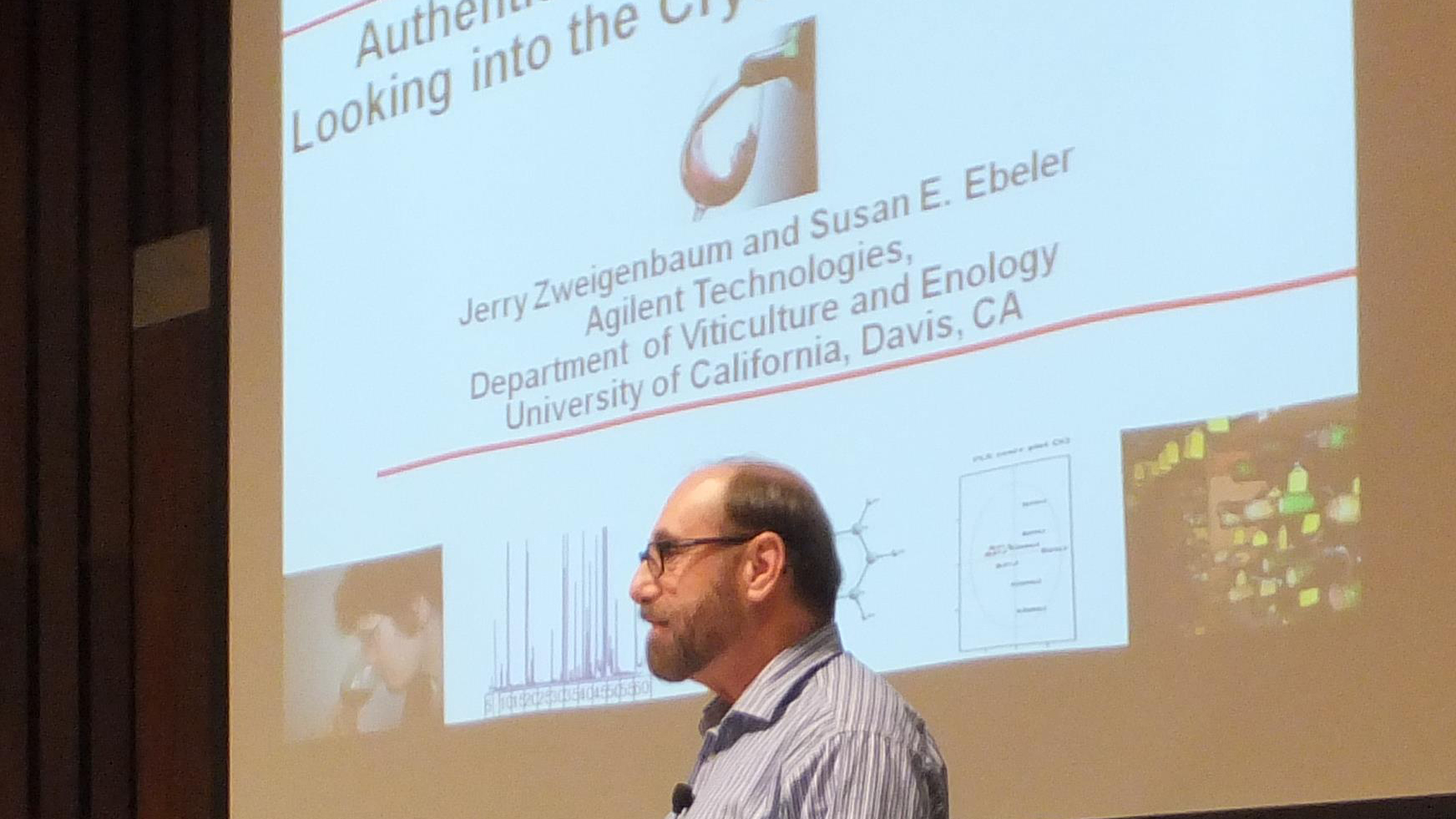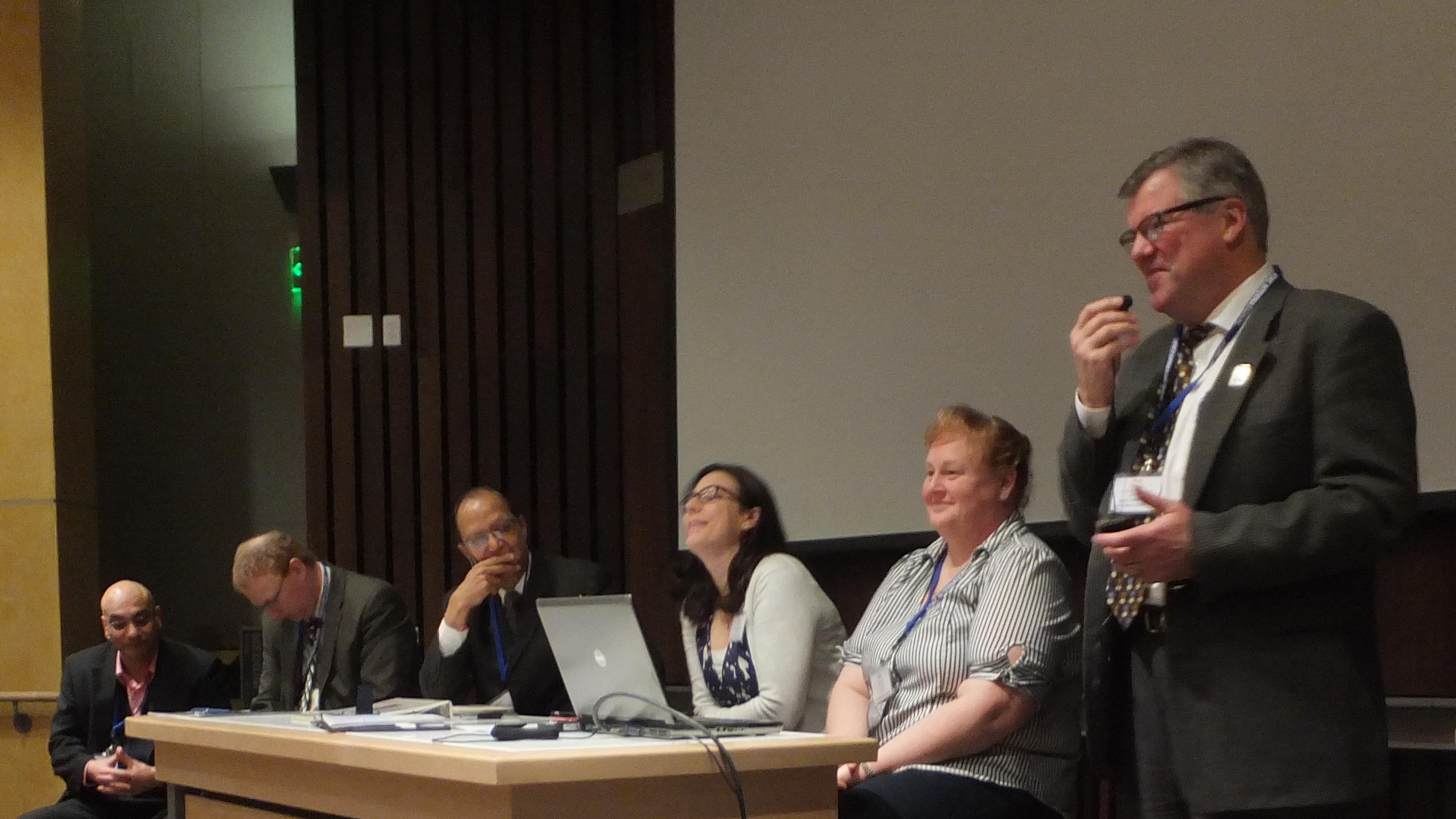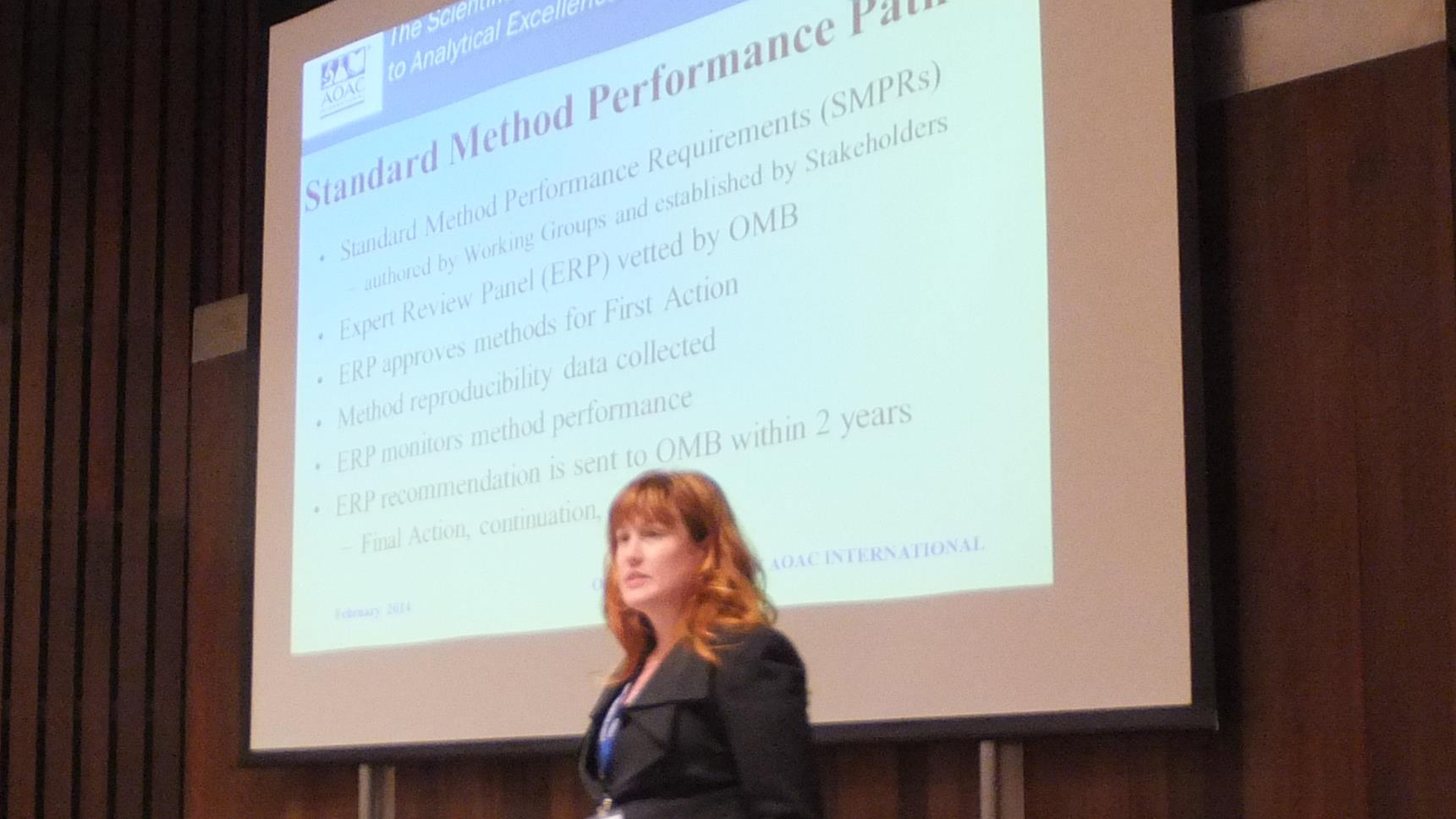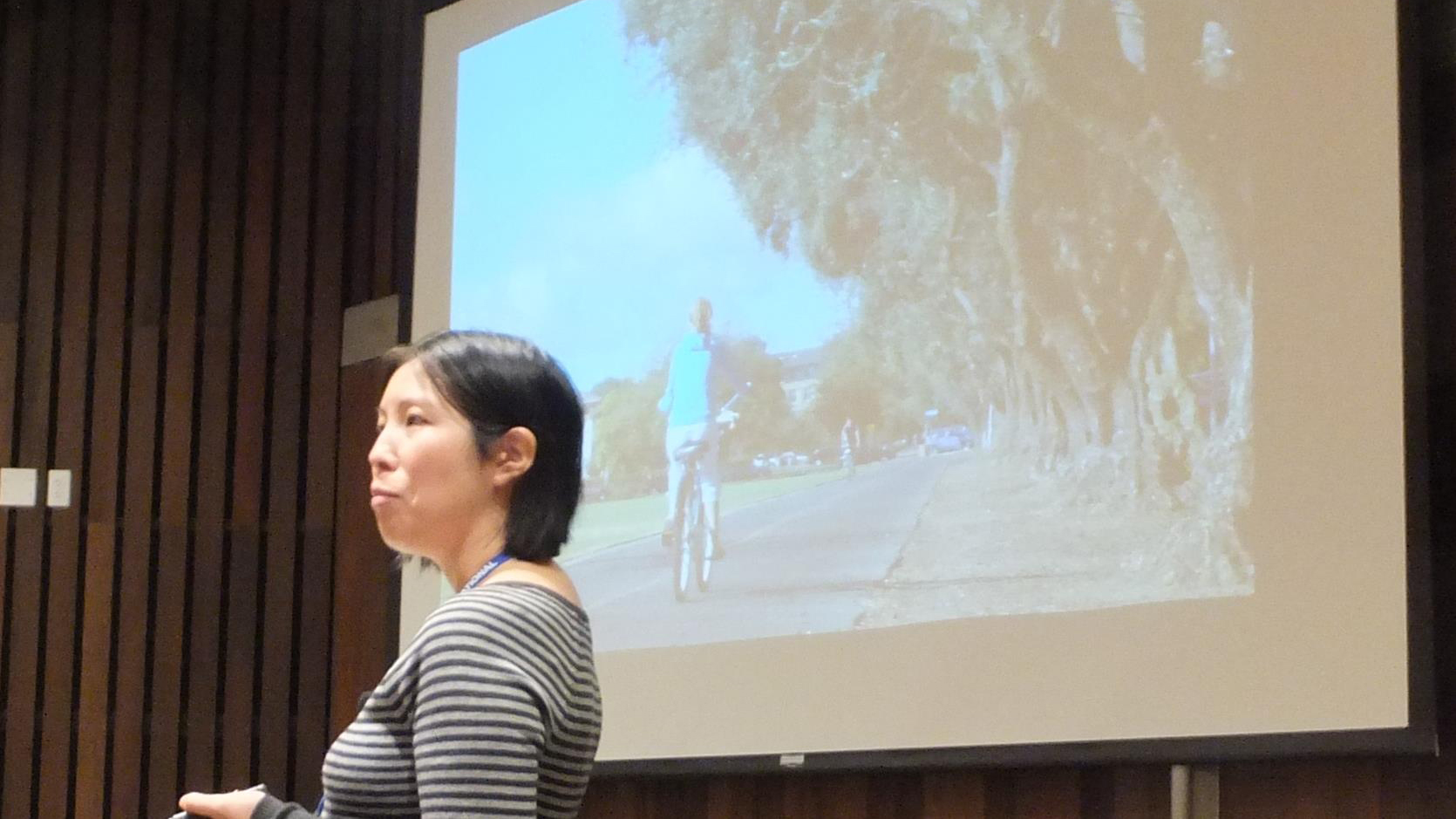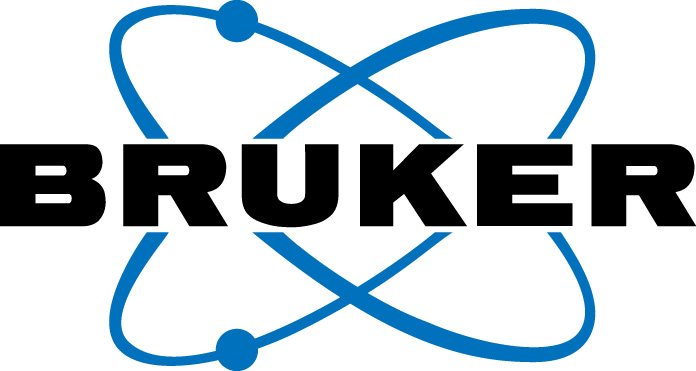Authenticity and Adulteration
The newly re-energized Pacific Southwest Section (PSW) reformed in the Summer of 2013 after a four year hiatus. The Section rose to the challenge and moved quickly to plan the first annual meeting for February 2014 at the Robert Mondavi Institute for Wine and Food Science at the University of California, Davis. The overall theme was chosen—authentication and adulteration of beverages, food and dietary supplements for commercial gain. A new website was set up and Secretary, Norma Hill sent email invitations to current and former members of AOAC in Arizona, Northern California, Hawaii, Nevada and Utah. In early December, 2013, Julie Hill of the Technical Committee for Juice and Juice Products (TCJJP) approached President, Mike Driscoll and proposed a joint meeting with the PSW.
By January 21, 2014 the meeting was sold out.
The beautiful RMI Sensory Theater proved a perfect venue to focus on high value products of particular importance to the Section and to the TCJJP—wine, olives and olive oil, dietary supplements and pomegranate juice. Researchers from the University’s Department of Viticulture and Enology, the Food Safety and Measurement Facility and the Olive Center presented projects that defined the scope of the problems California agriculture faces and some unique analytical solutions. Additional speakers from industry and government presented a well rounded program that came at the issue from additional lines of investigation.
Feedback on the meeting came quickly from one of our participants, James Neal-Kababick, Director of Flora Research Laboratories. “Thanks again for inviting me to speak at the meeting. It was one of the best regional meetings I have ever attended in AOAC. All of the speakers presented valuable and informative information and it rounded out the program nicely. The theme was very well timed. The facility was incredible too. I am looking forward to next year’s meeting. This one set quite a high bar.”
Defining the Issues
The keynote speaker, Dr. Sue Ebeler was called to jury duty. Her collaborator, Dr. Jerry Zweigenbaum stepped up to the plate to give the following report.
“There is increasing interest by regulators, consumers and industry scientists to develop analytical approaches that will provide tools for authentication of foods, beverages, botanicals and ingredients. This includes the ability to detect adulteration, to verify the identity of products with protected labels, to ensure that materials/ingredients that are sold are correctly identified and of acceptable purity, and to detect cases of economic fraud. At UC Davis we are using a variety of approaches, including GC-MS, GC-MS/MS, UHPLC-MS/MS, UHPLC-qTOF MS, and ICP-MS to identify food and beverage components and to utilize non-targeted profiling approaches to classify and identify specific sample classes. This includes developing analytical methods that can be used to confirm varietal, appellation/growing region and/or vintage/age characteristics of wines. While much progress has been made in the development of analytical tools for food and beverage authentication, much future work is still needed to ensure the availability of well-defined authentic standard reference materials, to obtain chemical standards for compound identifications, and to develop large databases containing samples that represent the range of matrices, the expected composition/concentration ranges of critical analytes, and the processing/storage conditions that will be encountered when analyzing test/unknown samples. Finally, statistical tools that will utilize information from multiple analytical platforms to disS.Wangtinguish/classify samples is critical to developing robust protocols for food and beverage authentication.
Dr. Selina Wang, research director of the UC Davis Olive Center demonstrated that modern methods to profile and define olive oil are urgently needed. The Center has found that about 65% of extra virgin olive oil sold in the US does not meet the current USDA standards of olive oil. Some of the chemical methods in current standards are outdated and inefficient. In addition, the limits for fatty acid and sterols profiled in the current USDA standards often do not fit the natural chemistry of US-produced oil as these limits were established based on the chemical data from European oils. Dr. Wang led an olive oil tasting while talking about the positive and negative sensory attributes, the participants were able to taste the difference in the quality of the oil for themselves.
Dr. Dan Flynn, Executive Director of the Center, talked about research on table olives correlating chemical markers with sensory perceptions while tasting table olives with the participants. The Olive Center is pursuing innovation in faster, better and cheaper measurement methods; developing reference samples; and pursuing bio-sensors for olive oil defective flavor. Other speakers broadened the scope of the discussion. For the TCJJP, Dr. Ari Mayer Mackler, Vice President, Clinical Development, POM Wonderful outlined the problem of adulteration in pomegranate juice, a premium juice product.
From the US Food and Drug Adminstration, San Francisco, Dr. Janet McDonald, Senior Public Affairs Specialist used case studies from FDA investigations of dietary supplements to illustrate the serious health and safety problems that arise from economic adulteration.
And Dr. Alyson Mitchell, Co-Director of the Food Safety and Measurement Facility, added an extra layer of complication to the discussion—“not all foods are created equal.” Cultivar variability, growing conditions, processing, transport and storage all act to present different analyte profiles. Her presentation centered on measurement of flavanoids in commonly available vegetables or fruit such as onions and apples. The amount, conformation and even bioavailablity of the flavanoids are species, even cultivar specific.
Solutions
James Neal-Kababick, suggested a phytoforensic approach. “Today, more than ever, our global food , drug and supplement supplies are at significant risk for adulteration both economic and clandestine. In order to stay on top of the next unknown emerging threat, analysts need to adopt a broader set of analyses for a given material. The use of one targeted screen alone is no longer suitable. A combination of orthogonal methods utilizing non-targeted and targeted screening methods allows a much better chance of detecting novel adulteration schemes before they impact consumers.” Several case studies were presented to illustrate the methodology.
Speakers from technology providers AB SCIEX, Phenomenex, Perkin Elmer and Bruker Optics presented novel approaches to authentication. Dr. Talwinder Kahlon, from the Processed Foods Research Unit, US Department of Agriculture Laboratory, Albany CA presented promising research using DNA profiling to differentiate between genuine and adulterated olive oil. Dr. Tom Collins, Director of the UC Davis Food Safety and Measurement Facility has used UHPLC/QTOF-MS to profile whiskeys. The key is the post analysis data manipulation—using principal component analysis to reduce the massive amount of data collected to separate and identify the source and type of the whisky under investigation. For the TCJJP, Kristie Lauvrick, M.S. Senior Scientific Liaison—Food Standards U.S. Pharmacopeia has developed the Proposed FCC Identity Standard for Pomegranate Juice. She talked about the interactive process required—working with all stakeholders—to describe an authentic food ingredient.
To answer the need for modern methods, AOAC INTERNATIONAl provides a pathway to bring the stakeholders together through the AOAC Processes of Standard Development and Method Validation. That session began with Dr. John Szpylka, Director of Chemistry N.A., Silliker, Inc., and Past Chair, Official Methods Board who outlined the process from initiation through the formation of Stakeholder Panels that define the Standard Method Performance Requirements to the appointment of Expert Review Panels that collect and review methods submitted to fulfill those requirements and, if successful find one or more of the methods meet the SMPR and declare these methods to be First Action Official Methods of Analysis. Shauna Roman, QC Manager, RB (formerly Reckitt Benckiser), and Chair, Official Methods Board AOAC INTERNATIONAL detailed the steps from First Action to Final Action—Official Methods of Analysis status. Finally, to address the particular issue of identifying botanicals and other raw materials Dr. Jim Harnly, Research Leader, USDA ARS BHNRC, Food Composition Methods Development Laboratory and President, AOAC INTERNATIONAL presented the new AOAC Guidelines for Validation of Botanical Identification Methods.
Ethical and Legal Issues in Adulterant Testing—Who owns the data?
A one hour panel discussion was held focusing on legal, ethical and other issues related to reporting and communicating test results from samples of nutraceuticals, juices, food, ingredients, and products tested for quality control purposes that appear to be adulterated. Adulteration was defined as products or ingredients containing one or more constituents inconsistent with the labeling or use of the ingredient/product in the supply or process chain. The panel was comprised of Nirmal Saini, Branch Chief, California Department of Food & Agriculture; Ramin Jahromi, Technical Manager, Eurofins Scientific; Julie Hill, Vice President, Chemistry, National Food Laboratory; Dr. Tim Ryan, Director Regulatory Affairs, E&J Gallo Winery; and Kristie Lauvrick, M.S. Senior Scientific Liaison—Food Standards, U.S. Pharmacopeia. The moderator, Dr. Bruce Godfrey, Director of Curtis & Tompkins Laboratories, introduced the panel and began the discussion by focusing his remarks on commercial laboratories’ ethical responsibilities to hold the client engagement confidential and treat all testing data as the sole and confidential property of the laboratory’s customer. The introductory remarks lead to a lively discussion among panelists as they presented their employers’ policies, personal views and shared experiences related to dilemmas presented by disclosure of testing data that transition ethical and legal boundaries.
Nirmal Saini directly addressed Dr. Godfrey’s views of ethical obligations to hold client data confidential by citing California regulations specifying that all laboratories are legally obliged to disclose violative pesticide testing results directly to regulators when these results are derived from food commodities known to be in the chain of commerce. Dr. Ryan cited his corporation’s ethical practices and policy specifying his duty to obey all applicable laws everywhere their business is done, along with his personal practice to disclose and discuss any potential ethical or legal dilemma directly with regulators at the appropriate agencies. Panelists shared their views and experiences related to discovery of adulterated, mislabeled or otherwise tainted products and ingredients followed by explanations of the ethical and legal basis for the panelist’s decision making. These views provided insights contributing to the audience’s understanding of the nuanced approaches and situations related to ethical and legal obligations to disclose testing results indicating an adulterated product or ingredient in the human consumption supply chain.
The final minutes of the session were opened to audience questions on the unintended or accidental discovery of adulterants. If not at the laboratory level, where are these decisions made most appropriately? The panelists identified and explored their different views based on their role in the various entities they represented, and their personal views of their obligations and options.
Thanks to the faculty, staff, and students of the Mondavi Institute for Wine and Food Science for their gracious assistance in putting our program together. We also thank our friends from E&J Gallo Winery, Modesto, California, and our sponsors for this event.
Reconnect with the Pacific Southwest Section and learn what the innovative processes at AOAC INTERNATIONAL can do for you.
Slideshow
Sponsors (2014)
basic: Agilent Technologies
basic: Bruker
basic: Gerstel
basic: Grace
basic: Perkin Elmer
basic: Sciex
basic: Shimadzu
basic: Thermo Fisher
basic: Waters
